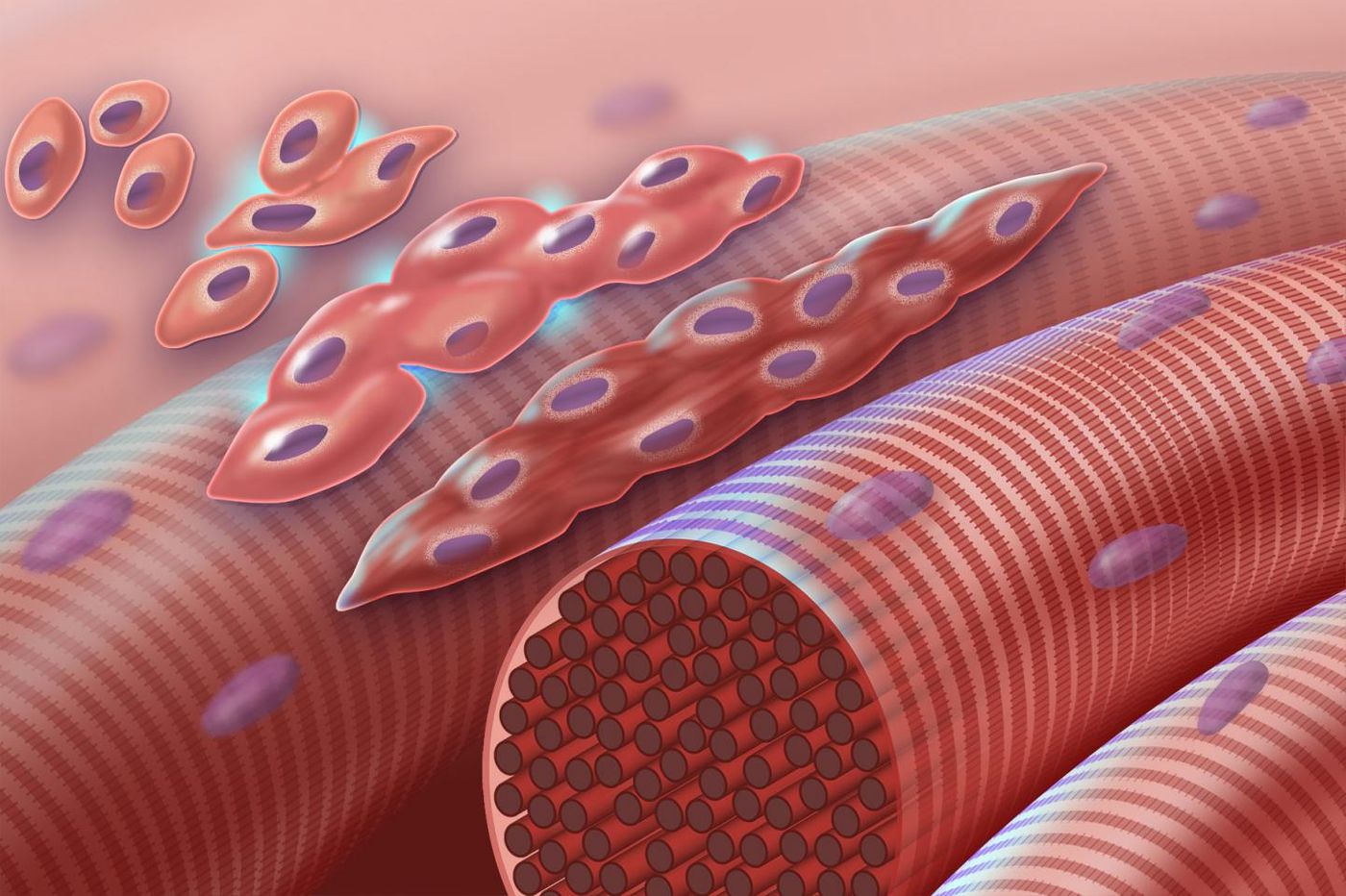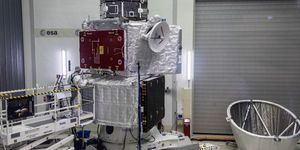Cause of Carey-Fineman-Ziter Syndrome, Potential Treatment ID'ed
Investigators have found the genetic disorder underlying a rare muscle disease, Carey-Fineman-Ziter (CFZS). Patients suffer facial weakness and have a small or retracted chin, a cleft palate and curvature of the spine (scoliosis), along with other symptoms. Mutations in the gene MYMK, which encodes for the protein myomaker, cause CFZS. Myomaker acts in development to promote the fusion of muscle stem cells (myoblasts) into muscle fibers (myotubes), as well as playing a role in muscle cell regeneration after an injury. The work has been reported in Nature Communications.
"Advances in genomics technology and the power of team science have enabled us to identify the cause of this very rare disease 35 years after it was first described by Dr. John Carey and colleagues from the University of Utah," said National Institutes of Health Director Francis S. Collins, M.D., Ph.D., who is a co-author of the report. The video above features Dr. Carey and a family that is affected by CFZS.
"This discovery will improve physicians' ability to diagnose this disease and offer families accurate genetic counseling and treatment," said co-lead author Irini Manoli, M.D., Ph.D., a physician scientist and staff clinician in the Medical Genomics and Metabolic Genetics Branch at the National Human Genome Research Institute (NHGRI). Diagnosing this disease has been confounded by another rare disorder called Moebius syndrome.
Determining that cell-cell fusion disorders can lead to congenital myopathies (inherited muscle disease) opens a new avenue of exploration for therapeutics not only for CFZS, but for other muscular diseases and muscle regeneration, said Dr. Manoli. ”In addition," she said, "this rare genetic syndrome provides novel insights into the effects of muscle development on craniofacial and skeletal bone formation."
This work was aided by 63 patients with Moebius syndrome and other facial paralysis diseases, who came to the NIH clinical center for detailed evaluations. Beyond that, extensive genetic analysis was done to identify genetic mutations that are linked to CFZS. The researchers narrowed down the candidates by finding a single mutated gene that was common to three families affected by Moebius.
The scientists turned to animal models to follow up on this gene, MYMK - myomaker. A mouse, edited so that the MYMK gene was ablated, and a zebrafish whose MYMK gene was altered with the CRISPR-Cas9 genome editing tool confirmed the suspicions of the researchers. The experimental zebrafish had jaw deformities, and the mutant mice had severe muscle dysfunction. The investigators were actually able to treat the zebrafish and correct the deformity, so there is now hope for new treatments. This work will also of course help to diagnose the disease in other patients.
Sources: AAAS/Eurekalert! via NIH/NHGRI, eLife, Nature Communications









